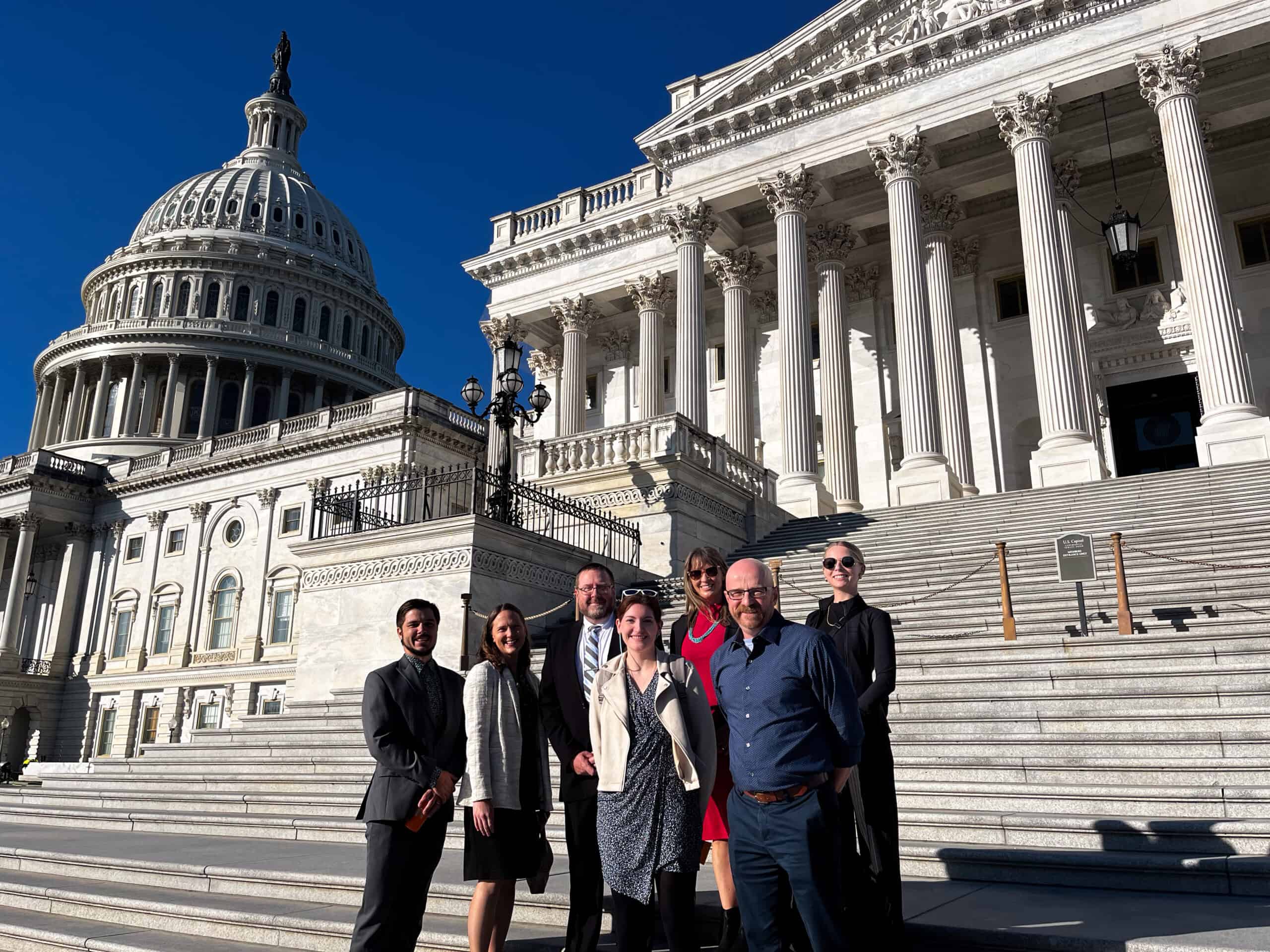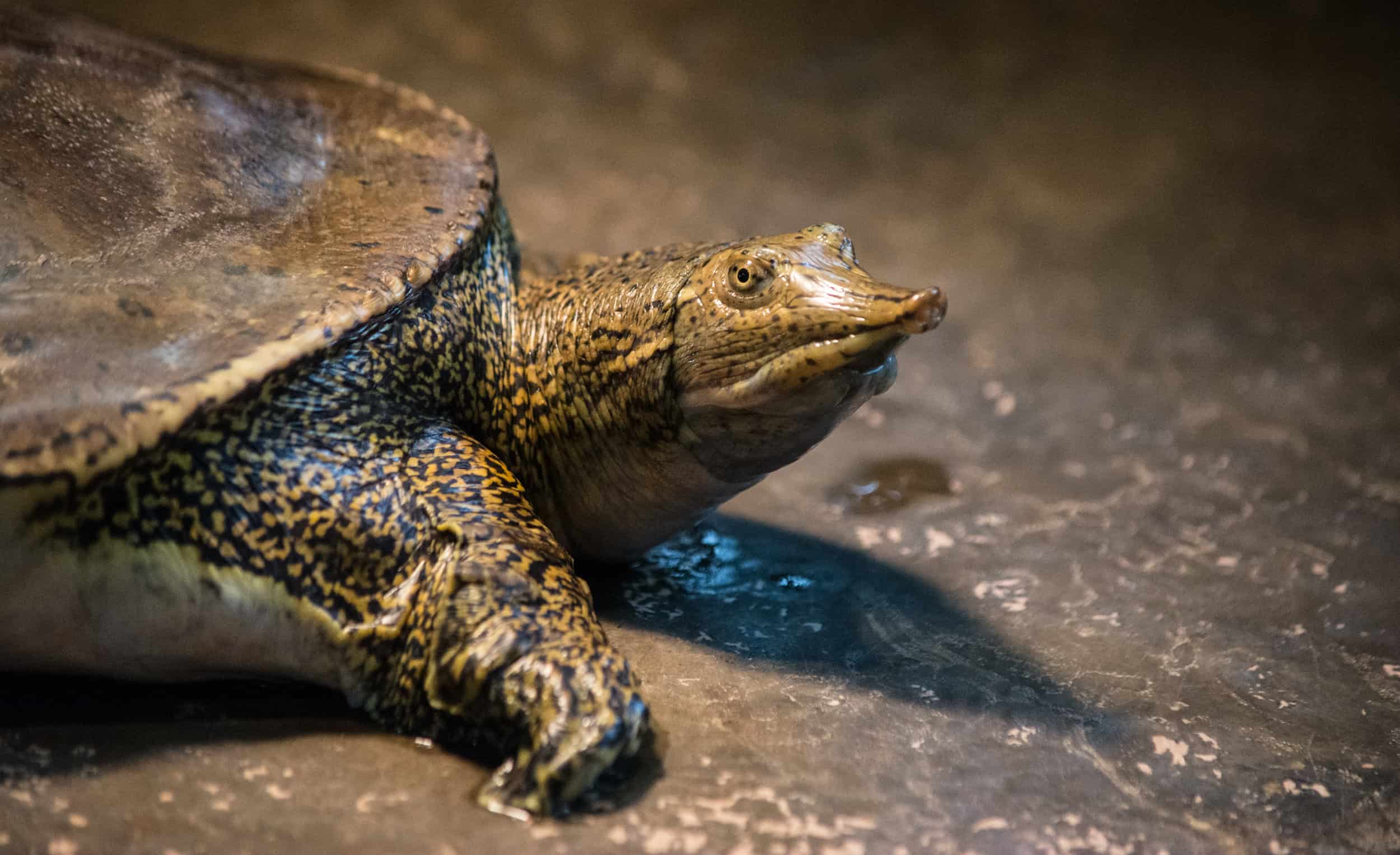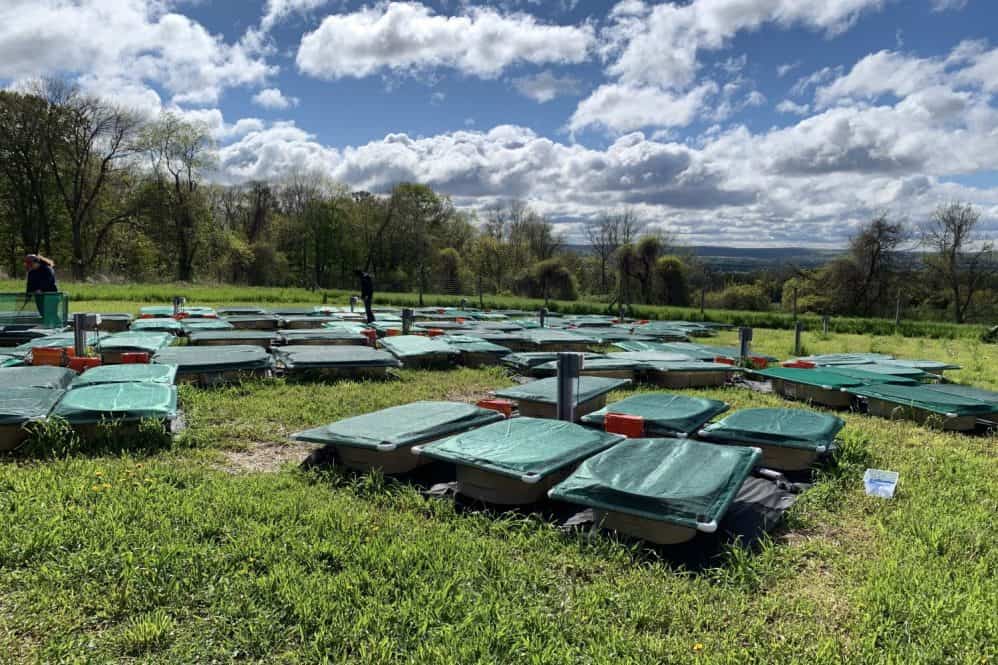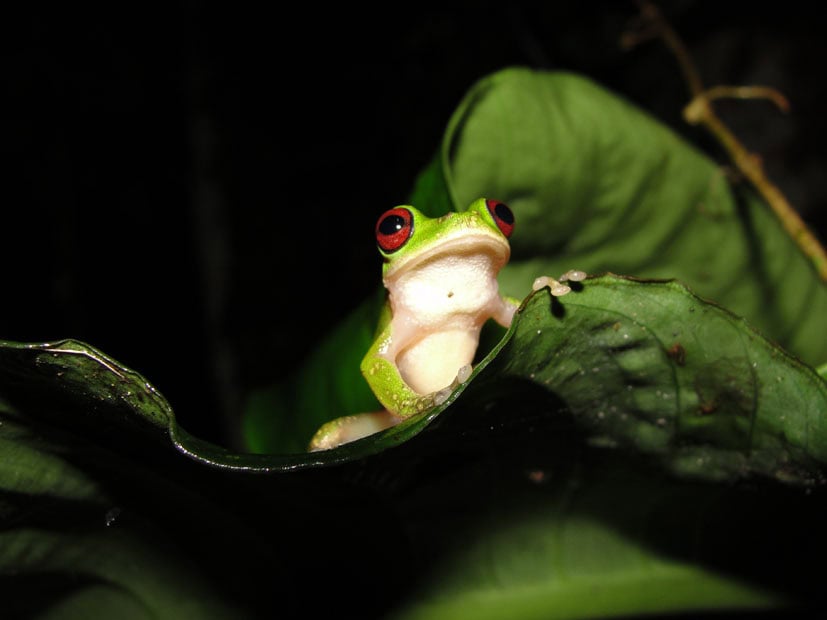Share this article
TWS Conservation Affairs Network travels to D.C.
Washington D.C. field trip during #TWS2024 gave members an opportunity to discuss The Wildlife Society on the Hill
In a first-of-its-kind excursion at a TWS Annual Conference, members of the Conservation Affairs Network met with officials from the Department of the Interior and U.S. congressional staff in Washington, D.C.
Launched in 2014, the Conservation Affairs Network (CAN) helps increase communication, collaboration and coordination between TWS chapters, sections and TWS headquarters. The CAN allows wildlife professionals to bring their perspectives into the wildlife policy process for the betterment of wildlife conservation and management.
At the 31st Annual TWS Conference in Baltimore, the group traveled via train to D.C. and began their day with a tour of the Capitol led by Mariah Lancaster, a congressional staffer and wildlife professional. Afterward, the group met with representatives from the U.S. Geological Survey and the U.S. Fish and Wildlife Service.
During their meetings, participants took turns giving two-minute elevator pitches to representatives. Each discussed the mission of TWS and promoted the CAN as a resource for making connections with wildlife conservation subject matter experts.
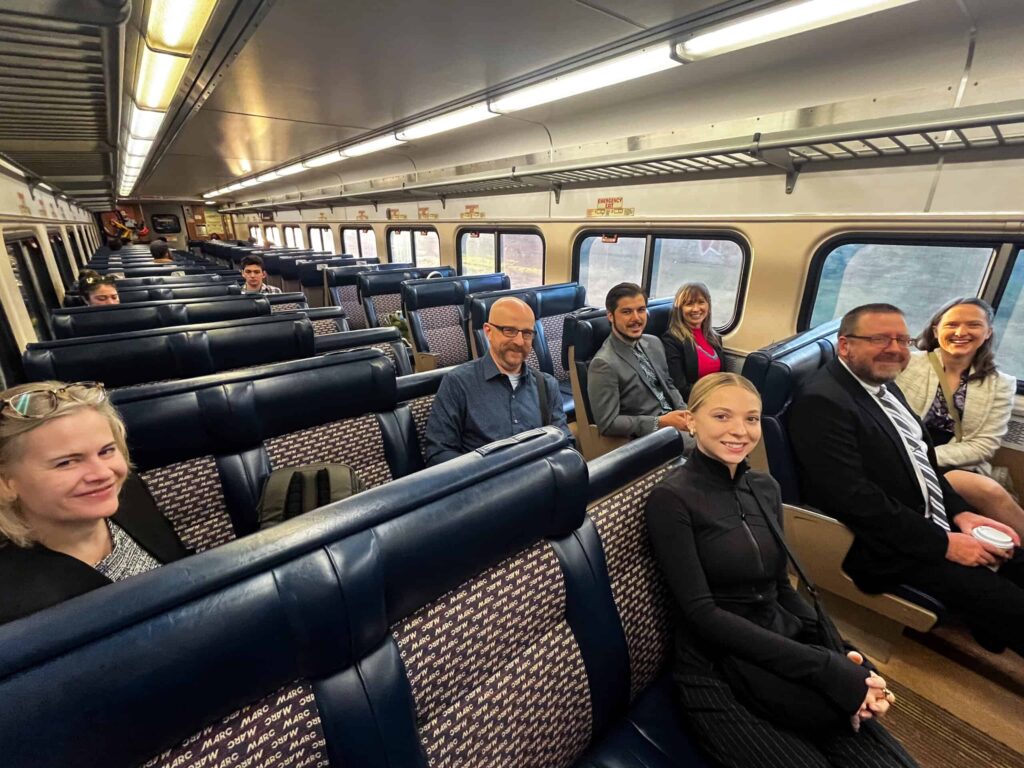
Later, the group trekked up the National Mall for meetings with staff from the Senate Committee on Environment and Public Works and the House Committee on Science, Space and Technology.
Kelly O’Connor, the conservation policy manager for TWS who helped lead the trip, said that the group had an especially productive meeting with House staff, connecting the conference’s plenary presentation on NASA Earth Science to issues that affect wildlife, such as drought.
CAN participants said that the field trip helped them understand the various processes involved in wildlife policy at the federal level. It also helped them become better communicators of wildlife science.
“I appreciated that the CAN field trip demystified the process of how TWS engages in wildlife policy at the federal level,” said Nicole Tatman, the big game program director for the New Mexico Department of Game and Fish. “It was interesting just how much lawmakers must do, particularly all of the committees and initiatives they participate in that span the spectrum of politics and professions—from energy extraction to health care to wildlife conservation.”
Tatman added that it was enlightening to learn that lawmakers themselves cannot be experts in all realms, so they have staff tasked with boiling down complicated information to statements and topics that are easily understandable.
“Moving forward, I think this will result in me being a better science communicator,” Tatman said. “I have started to think about the quantity and quality of information I share with constituents and what they might care most about on any given topic.”
O’Connor said that one of the best outcomes of the trip was allowing wildlifers to recognize that their work is truly what is informing committee members and staffers in D.C. when they’re advocating for policy decisions.
“The idea of walking into offices on the Hill was quite daunting for many participants,” O’Connor said. “But they also shared how gratifying it was to discuss the work of TWS during our meeting. I’m thrilled we were able to provide our participants with this experience and hope we can find more opportunities for CAN fly-ins—or train-ins—in the future.”
Those interested in learning more about the Conservation Affairs Network can find more information on the TWS website.
Header Image: Members of the TWS Conservation Affairs Network traveled to Washington D.C. during the 2024 TWS Annual Conference.



